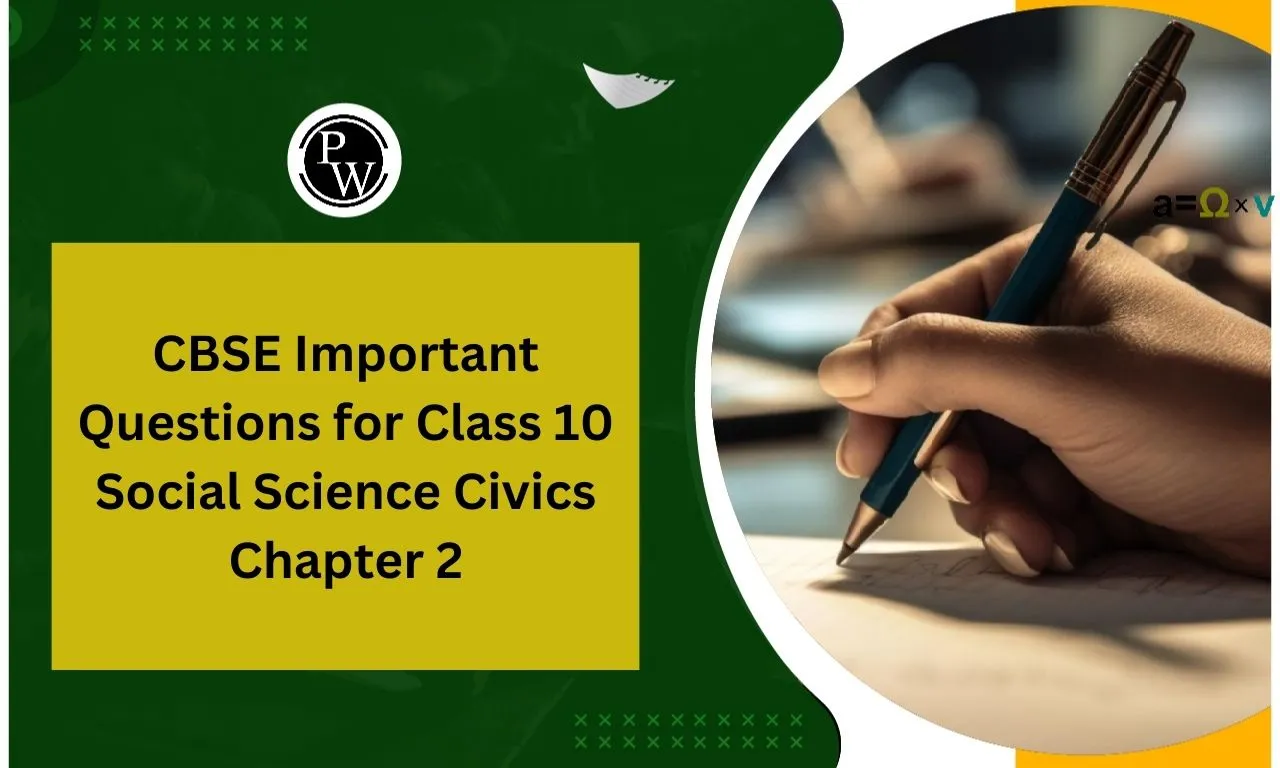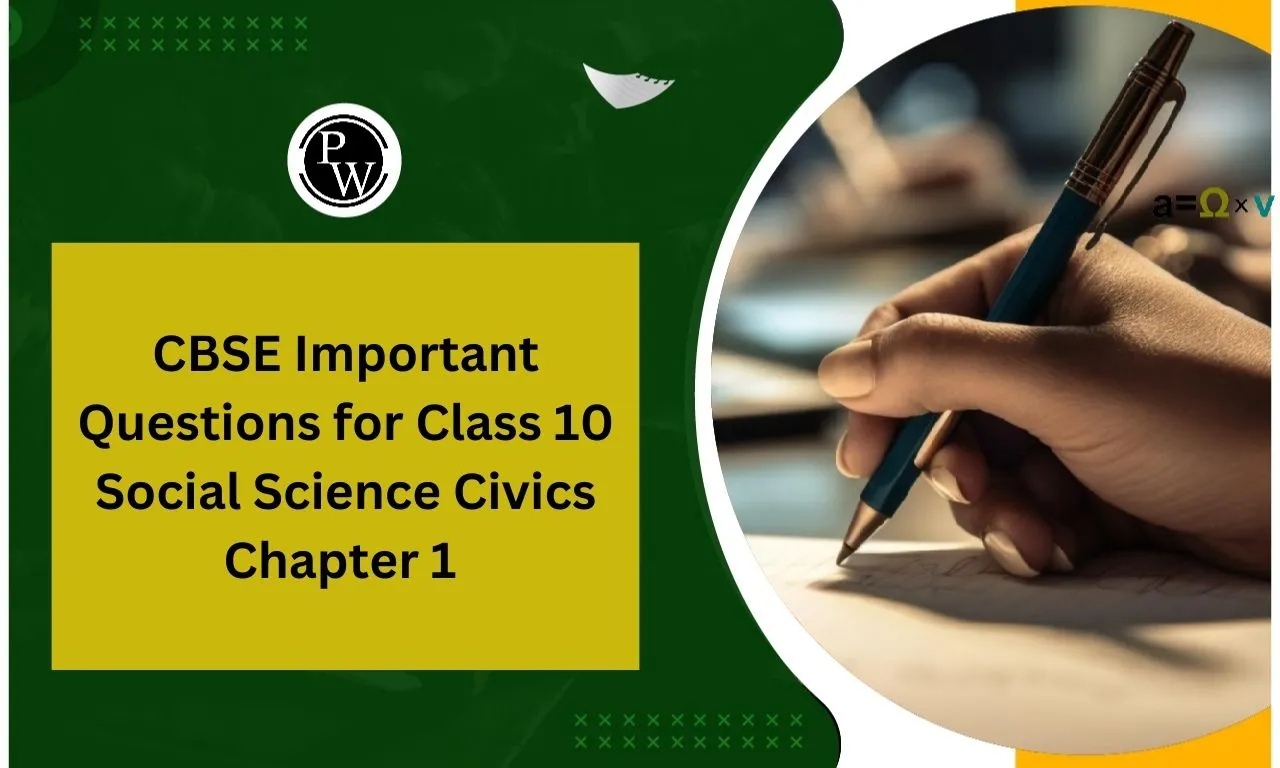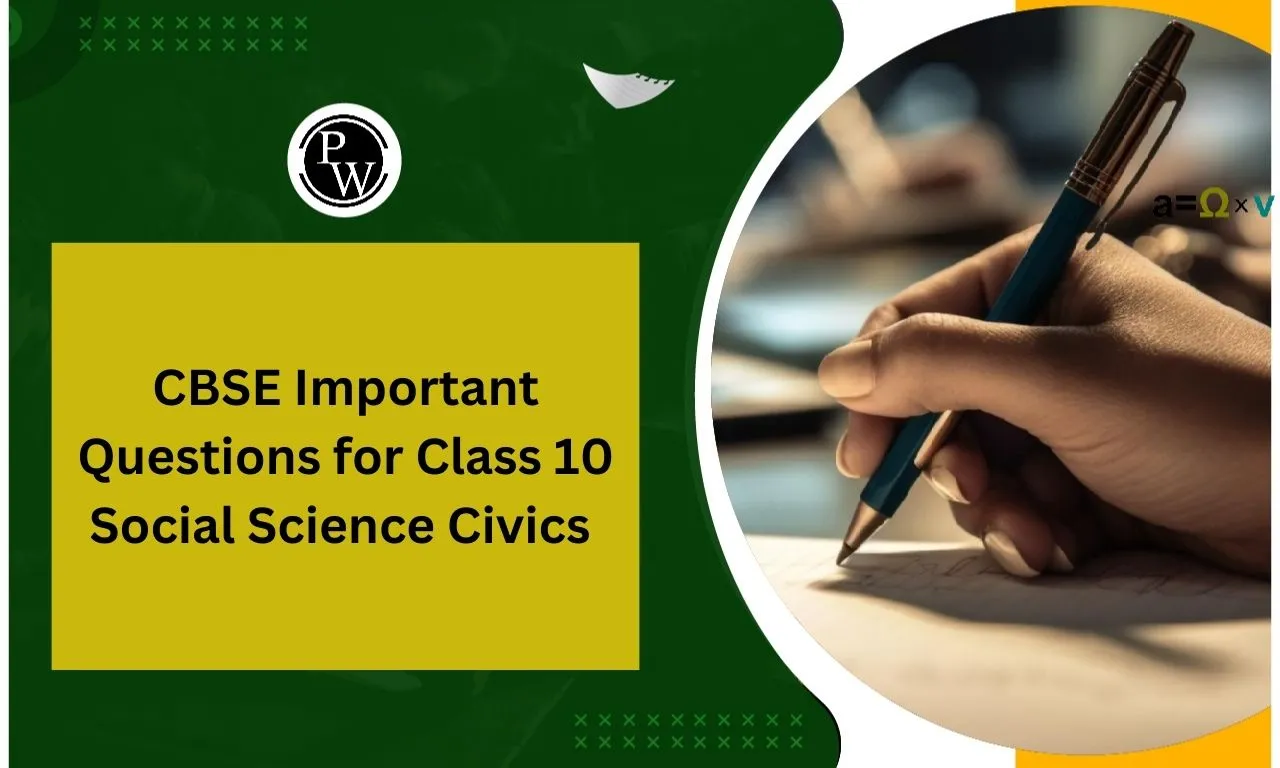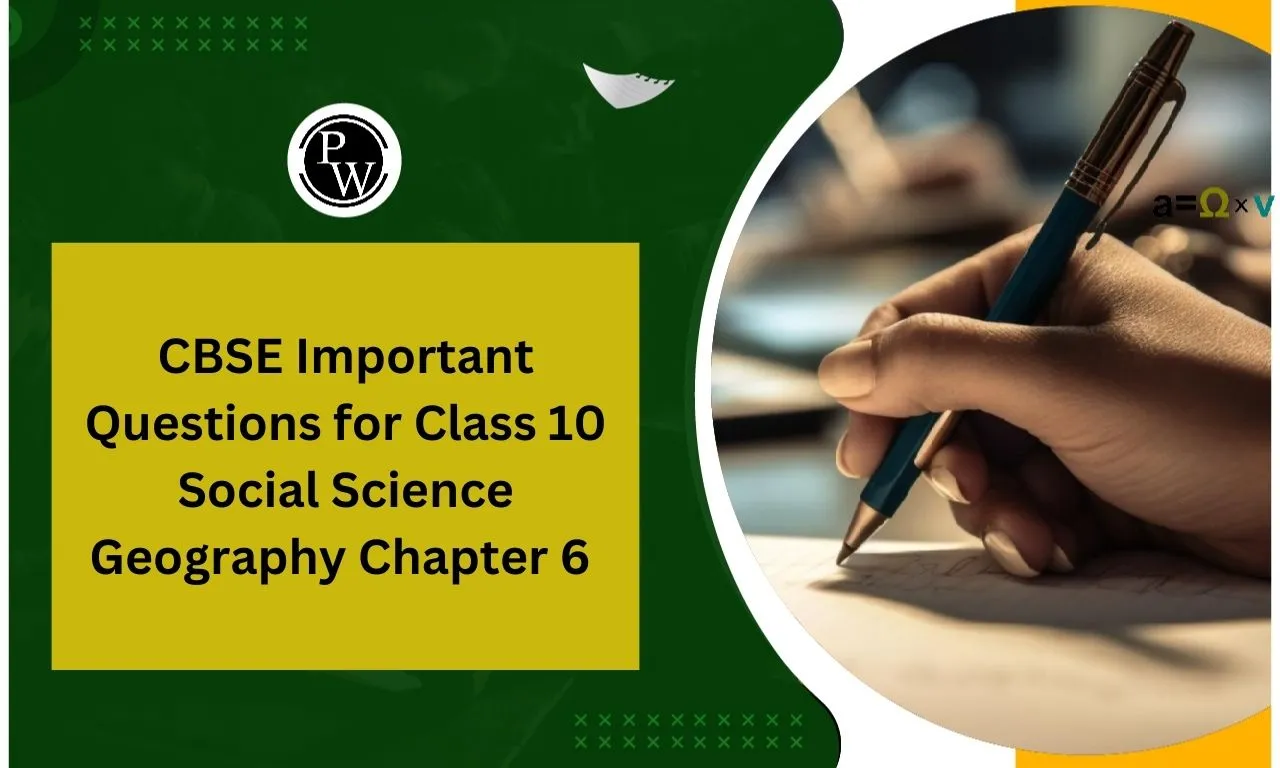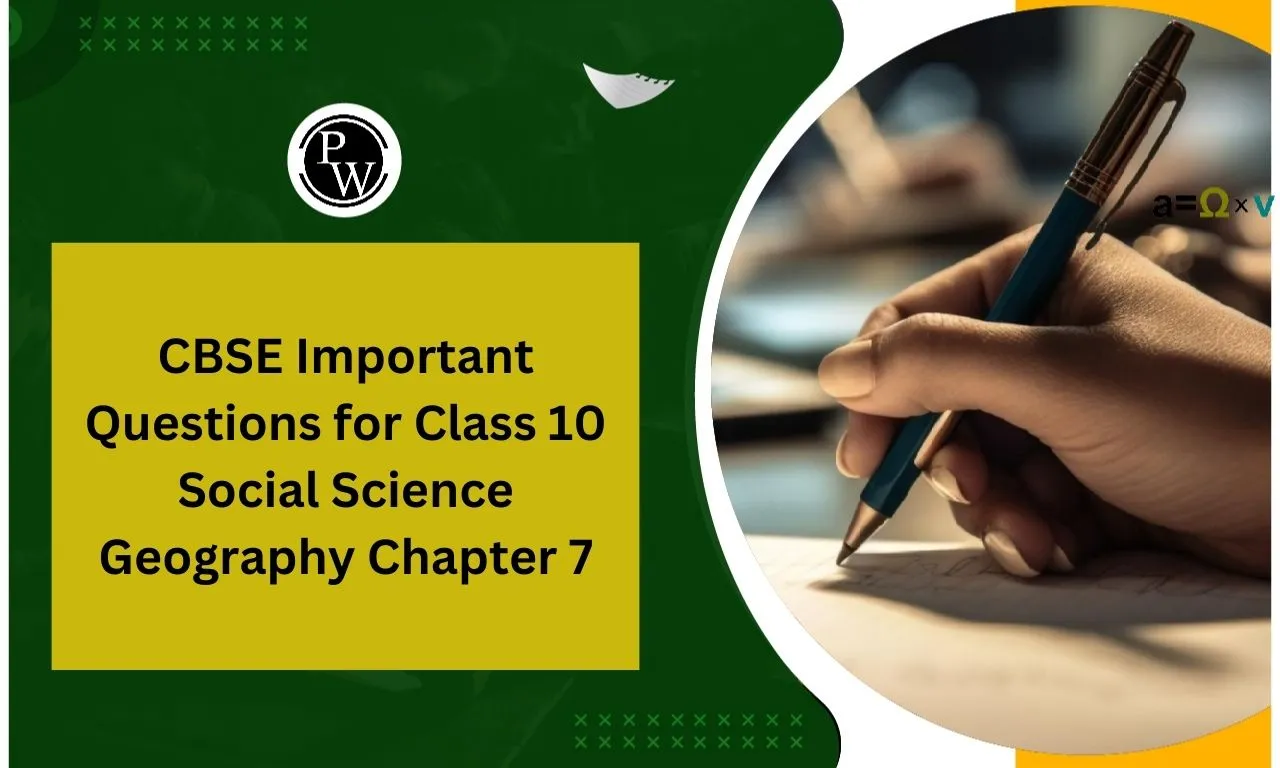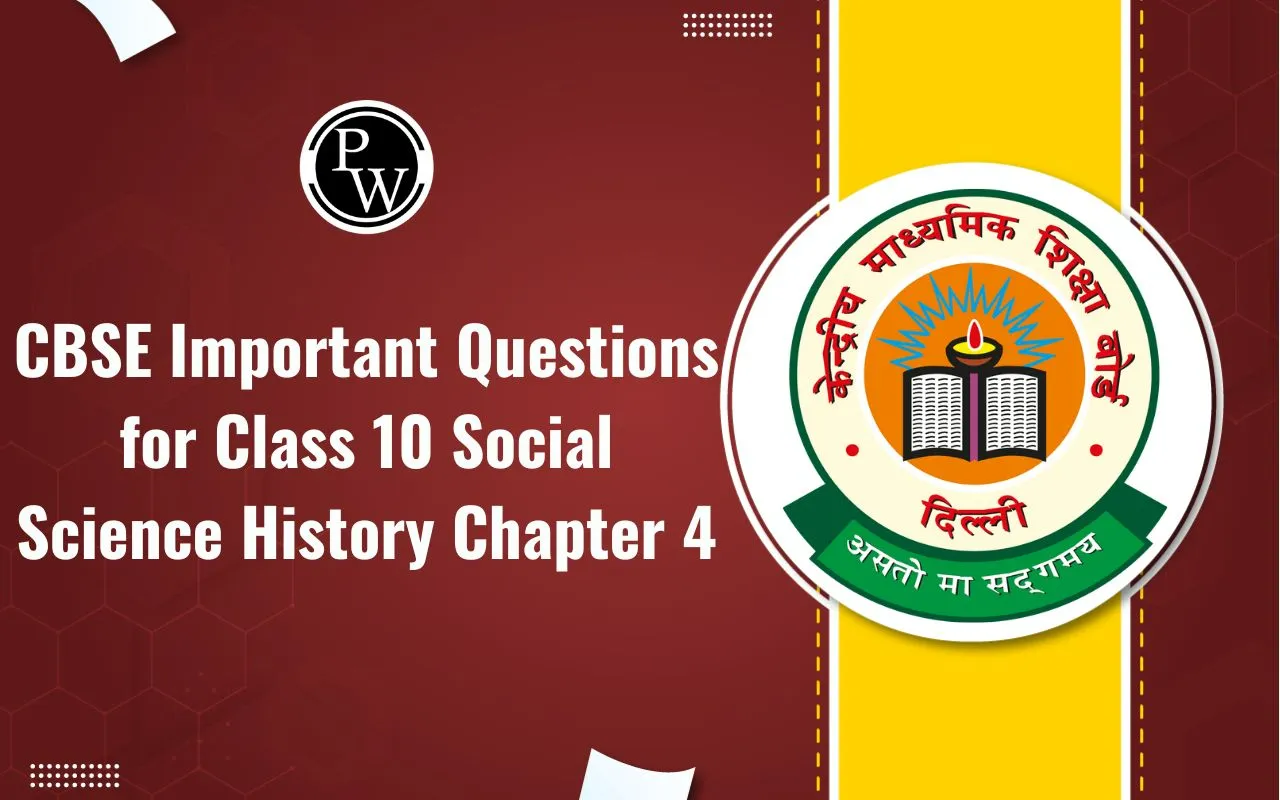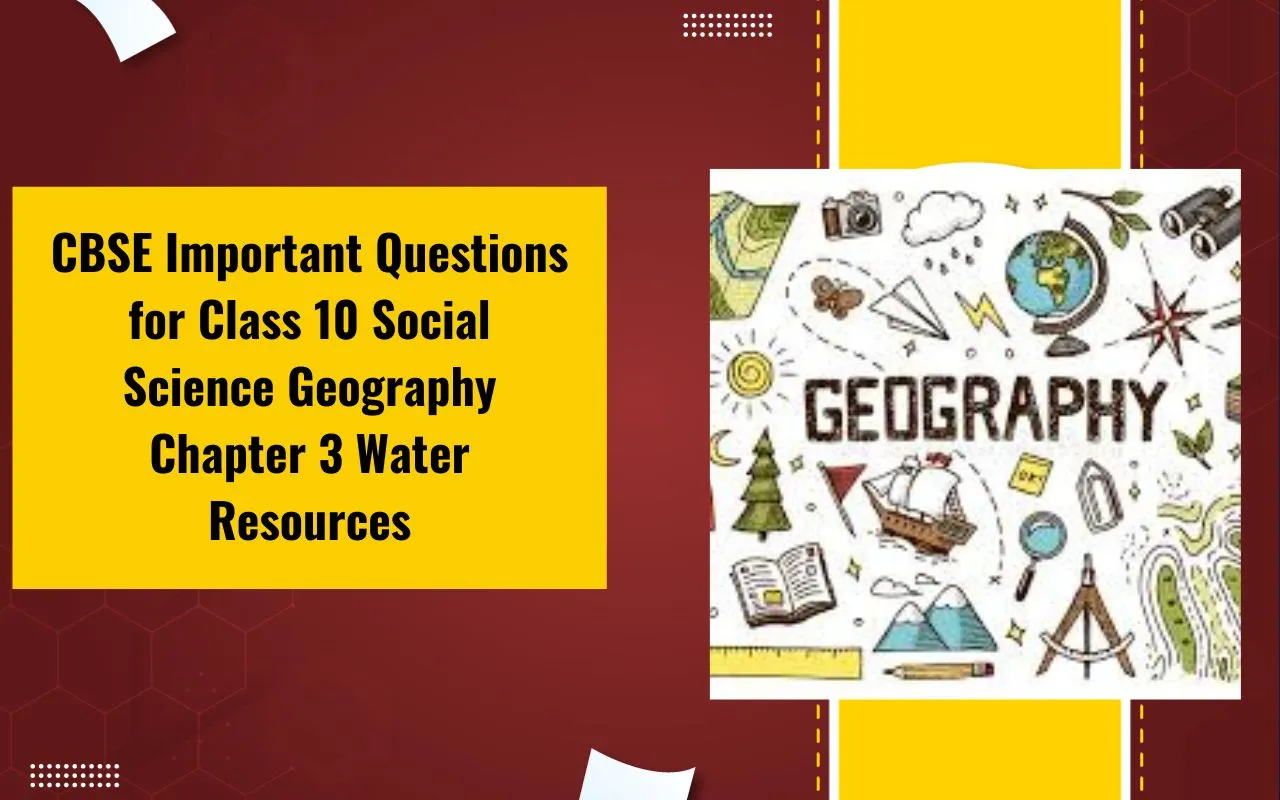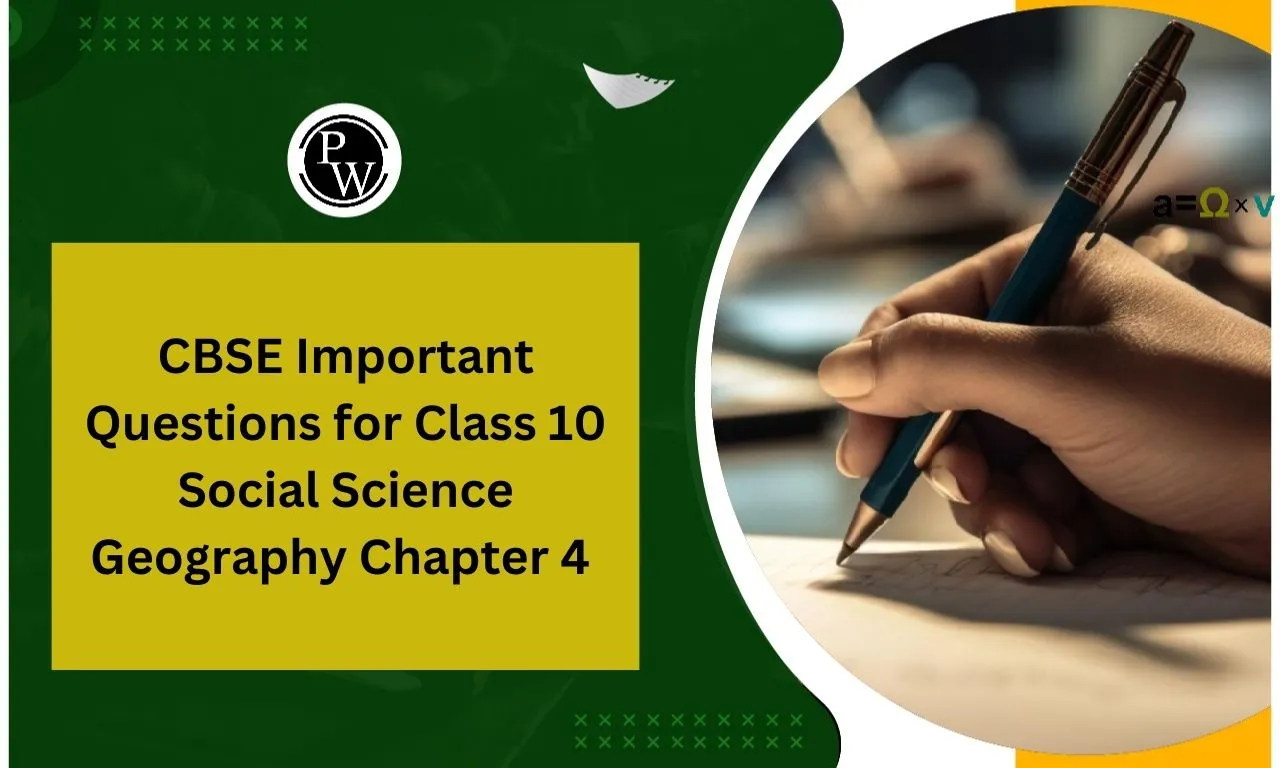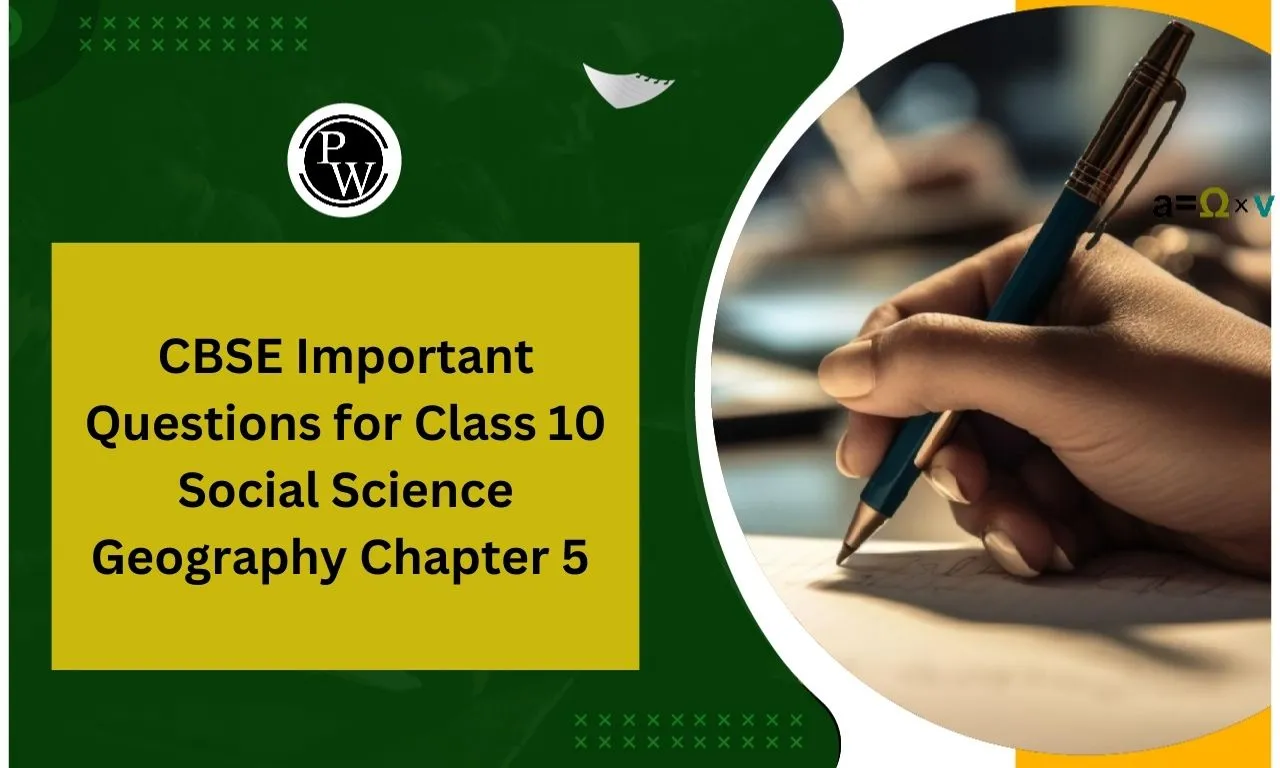
CBSE Important Questions for Class 10 English First Flight Chapter 3: Chapter 3 of First Flight in CBSE Class 10 English includes the story "Two Stories About Flying", which consists of two parts: "His First Flight" by Liam O’Flaherty and "Black Aeroplane" by Frederick Forsyth.
The first part narrates a young seagull’s struggle and eventual success in taking his first flight, symbolizing fear, hesitation, and courage.
The second part is a mystery about a pilot who is guided by an unknown airplane through a storm but later discovers no such plane existed. Both stories emphasize themes of bravery, self-confidence, and the unknown forces that help us in times of need.
CBSE Important Questions for Class 10 English First Flight Chapter 3 Overview
Chapter 3 of First Flight, "Two Stories About Flying", is crucial for CBSE Class 10 students as it teaches perseverance, courage, and trust in oneself. "His First Flight" by Liam O’Flaherty highlights overcoming fear, as a young seagull hesitates to fly but eventually succeeds, symbolizing real-life challenges.
"Black Aeroplane" by Frederick Forsyth presents a mysterious yet inspiring incident where an unknown pilot helps a lost flyer, emphasizing faith and unexpected help in difficult times. These stories encourage students to face fears, take risks, and believe in unseen support, making them valuable life lessons beyond academics.
CBSE Important Questions for Class 10 English First Flight Chapter 3 PDF
Below, we have provided a PDF of Important Questions for CBSE Class 10 English First Flight Chapter 3 – "Two Stories About Flying." This chapter includes "His First Flight" by Liam O’Flaherty and "Black Aeroplane" by Frederick Forsyth, which teach valuable lessons on courage and faith.
The PDF contains exam-focused questions, including short and long answers, to help students prepare effectively. Download the PDF for better revision!
CBSE Important Questions for Class 10 English First Flight Chapter 3 PDF
CBSE Important Questions for Class 10 English First Flight Chapter 3 Two Stories About Flying
1. Describe the young seagull's emotions and thoughts as he stands on the edge, preparing for his first flight. What fears might he face, and how does he overcome them?
Sol. The young seagull experienced a mixture of excitement and fear as he stood on the edge of the cliff, contemplating his inaugural flight. Desiring to emulate his siblings, he yearned to soar through the air, feeling the exhilaration of the wind beneath his wings. Yet, simultaneously, he grappled with trepidation.
Concerns plagued his mind: "What if I plunge into the vast sea below? What if my wings fail me?" Despite these apprehensions, the seagull
summoned his courage, drawing inspiration from his siblings' past feats. Observing his mother circling nearby, clutching a fish, intensified his hunger, which battled against his fear.
Eventually, the overwhelming desire to reunite with his family and satiate his hunger propelled him forward. He mustered his courage, closed his eyes, took a deep breath, and leaped off the precipice. As he hurtled through the air, a remarkable transformation occurred – his wings responded, propelling him forward.
2. How does the family's behavior towards the young seagull change from the beginning to the end of the story, and what does this signify about their intentions?
Sol. At the beginning of the story His First Flight by Liam O’Flaherty, the young seagull’s family is indifferent to his fear of flying. His parents, siblings, and even his younger brother and sister, who have already taken their first flight, mock and scold him for his cowardice.
They deliberately leave him alone on the ledge, refusing to bring him food, in an attempt to force him to fly. By the end of the story, their behavior changes completely. When the young seagull finally takes flight, his family welcomes him with excitement and encouragement.
They fly around him, cheering him on and celebrating his success. This shift in behavior signifies that their earlier harshness was intentional and necessary for his growth. They wanted him to overcome his fear and become independent. Their tough love approach ultimately helps the young seagull discover his potential and gain confidence in his abilities.
3. Reflect on the moment the young seagull makes his first successful flight. What does this moment represent in his life, and how might it affect his future?
Sol. The young seagull's inaugural flight symbolized a seminal moment in his life. Prior to this feat, fear had shackled him, rendering flight an elusive dream. However, as he conquered his trepidation and embraced flight, a profound transformation ensued. Empowered by this triumph, his self- assurance burgeoned, solidifying his position within the familial and communal fabric.
This newfound confidence would serve as a catalyst for future endeavors, propelling him towards exploration and conquest of new challenges. Moreover, his flight signified his assimilation into the avian realm, granting him agency and identity within his environment. Thus, this watershed moment would resonate throughout his existence, shaping his trajectory and defining his legacy.
4. Consider the young seagull's perspective as he first views the vast ocean from above while flying. How might this new perspective change his understanding of the world around him?
Sol. The young seagull's inaugural aerial view of the expansive ocean heralded a paradigm shift in his perception of the world. Formerly confined to the precipice, his purview had been limited, offering a truncated portrayal of reality.
However, soaring above the azure expanse, the ocean unfurled like an endless tapestry, stretching infinitely to the horizon. This panoramic vista instilled a profound awareness of the world's immensity, juxtaposing his diminutive stature against nature's grandeur. Consequently, his comprehension transcended the insularity of his former existence, fostering a newfound curiosity and thirst for exploration.
Enthralled by the boundless possibilities beyond his familiar cliffside, he embarked on a journey of self- discovery, propelled by the allure of the unknown.
5. Discuss the significance of the family offering food to the young seagull after his first flight. What does this act symbolize in terms of family support and recognition of his achievement?
Sol. The act of the family offering food to the young seagull after his first flight symbolizes support, encouragement, and recognition of his achievement. Initially afraid to fly, the young seagull hesitates despite his family’s repeated attempts to push him.
However, when hunger becomes unbearable, he finally takes the leap, discovering the joy and freedom of flying. By offering him food after this milestone, the family acknowledges his courage and perseverance, reinforcing the idea that challenges must be faced to grow and succeed. This act also highlights the importance of family in nurturing independence.
The seagull’s parents and siblings deliberately withhold food earlier, teaching him that survival requires overcoming fear. Once he succeeds, they reward him, showing that families play a crucial role in guiding and celebrating personal growth. This moment reflects real-life situations where parents and mentors push individuals to face their fears, ultimately leading to self-confidence and progress.
6. Imagine the young seagull's life a few months after his first flight. How might his experiences influence his interactions with his siblings and other young birds?
Sol. In the aftermath of his maiden flight, the young seagull's interactions with his siblings and peers would undoubtedly be informed by his newfound confidence and proficiency in flight.
Empowered by his triumph over fear, he would assume a role of mentorship and guidance, imparting invaluable lessons gleaned from his own journey. His interactions would exude a sense of empathy and understanding, stemming from his firsthand experience of overcoming adversity. Moreover, his aerial prowess would afford him a newfound perspective, fostering a sense of camaraderie and collaboration amongst his peers.
Through his actions and demeanor, he would inspire others to transcend their limitations, catalyzing a collective ethos of resilience and fortitude.
Benefits of Using CBSE Important Questions for Class 10 English First Flight Chapter 3
Studying CBSE Important Questions for Class 10 English First Flight Chapter 3 (which includes "His First Flight" and "Black Aeroplane") can significantly enhance a student’s understanding and exam preparation. Below are the detailed benefits:
1. Strengthens Conceptual Understanding
-
The questions cover important themes such as courage, fear, determination, and faith.
-
Students get a deeper insight into character motivations and moral lessons from both stories.
2. Helps in Exam Preparation
-
Important questions are designed based on the CBSE exam pattern, ensuring that students focus on key areas.
-
Practicing these questions improves the ability to write structured and well-explained answers.
3. Enhances Answer Writing Skills
-
The provided questions help students learn how to frame appropriate answers with proper introduction, body, and conclusion.
-
Answering different types of questions (short, long, value-based) improves language and writing fluency.
4. Boosts Confidence and Time Management
-
Repeated practice of important questions builds confidence before exams.
-
Solving these questions helps students manage time efficiently during the actual exam.
5. Covers NCERT Textbook-Based Questions
-
Questions are aligned with the NCERT syllabus, making them highly relevant.
-
They help students revise key excerpts, dialogues, and incidents from the chapter.
6. Provides a Strategic Approach to Learning
-
Important questions act as a study guide, allowing students to focus on topics that have high chances of being asked in the exam.
-
They help students avoid last-minute stress by offering a well-structured revision plan.
CBSE Important Questions for Class 10 English First Flight Chapter 3 FAQ
What message does the lesson "Two stories about flying" convey to the reader?
What is the Moral of the story two stories about flying?
What lesson does the story his first flight teach us?

